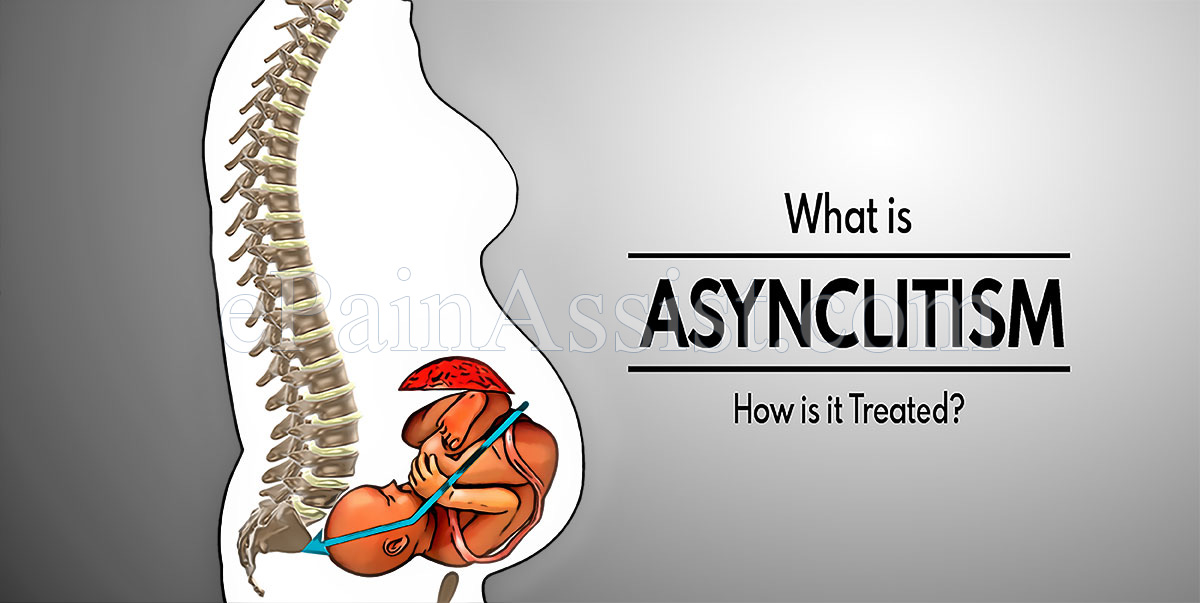What is Asynclitism?
Asynclitism is a condition in which the baby’s head is tilted or is leaning to the side towards one of the shoulders. It might sound a little uncomfortable but is a position in which the baby enters the pelvis and naturally shifts into an optimal birthing position.(1)
If the baby’s position is determined as asynclitic by the doctor, it would mean that there is a longer labor time or in some more medical assistance is needed for birthing. However, a change in the baby’s position is possible before birth.
Asynclitism is common in babies with a shorter umbilical cord or the shape of the uterus or also in cases where there are twins or multiple fetuses. It also occurs due to an uneven pelvic floor that causes the baby’s head to tip to one side, excess amniotic fluid, and if the baby has a large head.

How is Asynclitism Diagnosed?
Asynclitism can be diagnosed with a pelvic examination or performing ultrasound before and during labor.
Diagnosing it at an appropriate time before labor is very important. The easiest way for a baby to pass through the birth canal is a position called occiput anterior, where the baby is facing your back and their head is down.
Knowing the position of the baby in the weeks and days before labor helps a doctor make sure there are no birth complications and if medically assisted birth is needed a delivery team is ready.
A study was done on 92 pregnant women and it was found that 15% of them had babies in asynclitic position.(2)
Complications of Asynclitism
Asynclitic position in early stages of labor is not a cause for concern while in a few it may delay labor. An asynclitic position is not an ideal position for the baby to slide through the birth canal.
There may be a slower birth with asynclitism as dilatation can take longer and there may be a slower pushing. There might also be one-sided hip pain during labor and less consistent contractions.
If gentle pulling might not help change the position of the baby, the doctor may recommend cesarean delivery that might keep the mother and the baby comfortable.
If a baby stays in an asynclitic position for too long, it may lead to complications.
Torticollis is another condition in which the baby’s head points to one shoulder and chin points to the other shoulder. This occurs due to muscle spasm and shortening of neck muscles.
How is Synclitism Treated?
If a female gets medically cleared, a doctor advises light exercises that can be done easily at home.
There are a few ways a female can prepare for birth, which include:
- Squats
- Lunges
- Pelvic floor exercise
- Easy yoga position
Swimming and walking also help in preparing for labor and guiding the baby in the right birthing position. Meditation and calming activities help in preparing for birth mentally. If the baby is in asynclitic position it is important to discuss the birthing plan with the doctor.
Positioning massages, acupuncture, or visiting a chiropractor can be helpful in optimal baby positioning before birth.
During Labor
During labor, the doctor may recommend different exercises and positions to nudge the baby out of the asynclitic position. Certain positions and movements that may help the baby straighten the neck include:
- Gently holding the bump up during contractions
- Walking up and down the stairs and squatting if stairs are not available.
- Kneeling forward with the arms folded on the floor and head resting on the top. In this position, the hip should be high in the air.
Lunges
A birthing ball may help in baby positioning, but make sure someone is there with you while you are trying it, to protect you from tumbling. If any medical intervention is not helping, the doctor may recommend a cesarean section.
Asynclitism is a common baby position in the womb, which can lead to birthing complications. Assistance from a doctor can help in having a safe delivery.
